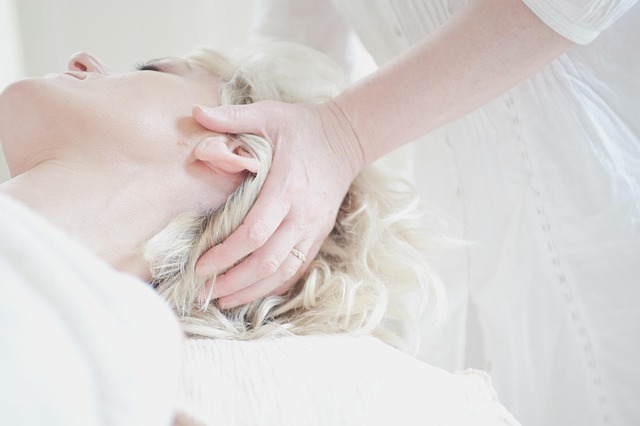Eco-Conscious Dyeing: Low-Waste and Low-Toxicity Alternatives
Eco-conscious dyeing focuses on reducing waste and minimizing exposure to toxic chemicals while preserving color vibrancy and hair health. This approach spans choices from semipermanent formulas to ammoniafree options, and shifts in technique, tools, and maintenance routines that lower environmental impact and chemical load without sacrificing desired results.

How does low-toxicity dyeing differ from conventional dyeing?
Low-toxicity dyeing emphasizes formulas and practices that reduce harsh chemicals and waste. Semipermanent colors and ammoniafree tints avoid some of the stronger oxidizing agents used in permanent dyeing, which can lower irritation and chemical runoff. Attention to porosity and strand testing helps stylists choose processing times and developers that minimize damage while maintaining vibrancy. Choosing concentrated pigments and refillable packaging can further reduce single-use plastic and product loss during tinting or full-head color services.
Can tinting and semipermanent options meet color goals like highlights?
Tinting and semipermanent products can refresh tone, add subtle depth, and extend the life of color between heavier processes. For pronounced effects such as highlights, balayage, or lifting dark hair, lighter techniques may still require bleaching or higher-lift products. However, combining targeted balayage placement with toned semipermanent glazes reduces the frequency of aggressive lightening. Strategically using low-bleach lifts followed by ammoniafree toners can produce visible contrast with less overall chemical exposure.
What role do highlights and balayage play in reducing waste?
Highlights and balayage, when applied with precision, can extend the interval between full-head retouching. Balayage’s painted, lived-in result often requires fewer salon visits than traditional foils, decreasing product use and disposable materials like foils and gloves over time. Careful sectioning, reusing non-porous tools where safe, and opting for concentrated lightening powders or lower-volume developers when appropriate can further reduce material consumption without compromising the look.
How can toner and ammoniafree products affect color longevity and hair health?
Toners neutralize unwanted undertones after bleaching and help achieve a balanced vibrancy. Ammoniafree toners and ammoniafree permanent color alternatives use different alkalizing systems that can be gentler on the cuticle. While some ammoniafree formulas may require longer processing or different developer choices, they often improve comfort and reduce volatile emissions in the salon. Proper porosity assessment ensures toners penetrate evenly, limiting over-processing and helping color last until the next scheduled retouch.
When is bleaching necessary, and how can it be made more sustainable?
Bleaching remains the primary method to lift natural pigment significantly, but it’s also the most impactful on hair integrity and the environment. To make bleaching more sustainable, stylists can use measured mixes, lower-volume developers when feasible, and perform multi-session lifts rather than a single, aggressive session. Using reclaimed or recyclable mixing bowls, minimizing product waste through precise application, and neutralizing and treating hair with bond-repair products reduces the need for repeated bleaching and helps maintain vibrancy with less overall chemical load.
What maintenance strategies support low-waste color results?
Maintenance determines how often clients need retouching. Sulfate-free shampoos, color-safe conditioners, and targeted use of toners or color-depositing masks can prolong vibrancy and reduce salon visits. Addressing porosity with appropriate treatments—protein or moisture protocols—stabilizes color uptake and reduces fading. Encouraging clients to retouch roots selectively rather than full-head recolors, and offering small-volume retouch services in your area, lowers product use. Strategic scheduling for touch-ups and recommending refillable product options at home help reduce packaging waste.
Eco-conscious dyeing combines informed product choices, tailored techniques, and mindful maintenance to reduce both environmental impact and chemical stress on hair. By integrating semipermanent options, ammoniafree toners, careful bleaching practices, and porosity-based treatments, stylists and clients can achieve desired tones and highlights with fewer resources and healthier outcomes. Regularly reassessing routines and local services ensures color goals are met while keeping waste and toxicity to a minimum.





